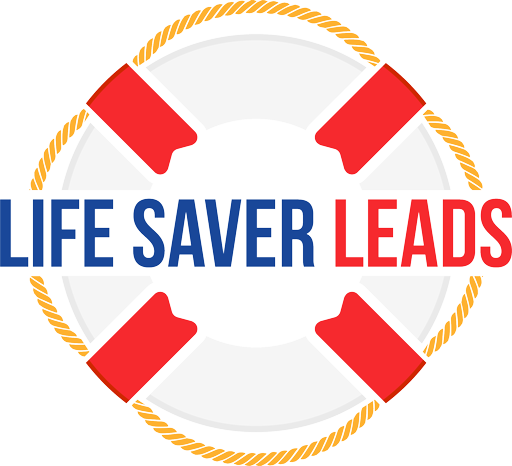Measuring the Return on Investment (ROI) for your Platform Life Saver Lead campaigns is crucial to determine the effectiveness of your efforts. Here’s a step-by-step guide on how to assess the success of your campaigns:

- Define Key Performance Indicators (KPIs):
- Identify the specific goals of your Platform Life Saver Lead campaigns. This could include increasing brand awareness, generating leads, or driving sales.
- Set clear and measurable KPIs such as conversion rates, click-through rates, cost per lead, and overall revenue generated.
- Implement Tracking Tools:
- Utilize tracking tools like Google Analytics, social media analytics, or any other platform-specific analytics tools to monitor and measure the performance of your campaigns.
- Implement UTM parameters for links to track the source and medium of your leads accurately.
- Attribution Modeling:
- Determine the attribution model that best fits your business model (first-touch, last-touch, linear, etc.).
- Understand the customer journey and assign value to each touchpoint in the conversion path.
- Calculate Costs:
- Calculate the total costs associated with your Platform Life Saver Lead campaigns, including advertising costs, content creation expenses, and any other relevant expenditures.
- Measure Conversions:
- Track the number of leads generated through your campaigns and their conversion rates.
- Differentiate between leads that converted into customers and those that didn’t.
- Calculate ROI:
- Use the formula: ROI=(Net ProfitTotal Costs)×100ROI=(Total CostsNet Profit)×100 to calculate the ROI of your Platform Life Saver Lead campaigns.
- Net profit is the revenue generated minus the total costs.
- Compare Against Benchmarks:
- Benchmark your ROI against industry standards or your own historical data to assess how well your campaigns are performing relative to expectations.
- Continuous Optimization:
- Regularly analyze the data and identify areas for improvement.
- Optimize your campaigns based on insights gained from the analysis to enhance their effectiveness.
The Art of Targeting: Refining Your Audience with Platform Life Saver Leads:
- Define Your Target Audience:
- Clearly define your target audience based on demographics, interests, and behaviors.
- Use data from past campaigns and customer profiles to refine your audience targeting.
- Utilize Platform Features:
- Leverage the targeting features offered by the platform where you run your campaigns.
- Platforms like Facebook, LinkedIn, and Google Ads provide advanced targeting options to help you reach your specific audience.
- Segment Your Audience:
- Divide your audience into segments based on relevant criteria.
- Create tailored messages and campaigns for each segment to improve engagement.
- Personalize Your Content:
- Craft personalized content that resonates with your target audience.
- Address their pain points, needs, and preferences to create a stronger connection.
- A/B Testing:
- Conduct A/B testing on different ad creatives, messaging, and targeting parameters.
- Analyze the performance of each variant to identify the most effective elements.
- Monitor and Adjust:
- Regularly monitor the performance of your campaigns and adjust your targeting strategy based on real-time data.
- Stay flexible and adapt to changes in audience behavior or platform algorithms.
- Feedback and Analytics:
- Gather feedback from your audience through surveys or social media interactions.
- Analyze analytics data to understand how your audience is interacting with your content and adjust your targeting strategy accordingly.
- Iterative Refinement:
- Audience targeting is an ongoing process. Continuously refine your targeting strategy based on performance data, feedback, and changes in your business goals.
By combining effective measurement of ROI with a refined targeting strategy, you can maximize the impact of your Platform Life Saver Lead campaigns and ensure they align with your overall business objectives.

Recent Comments